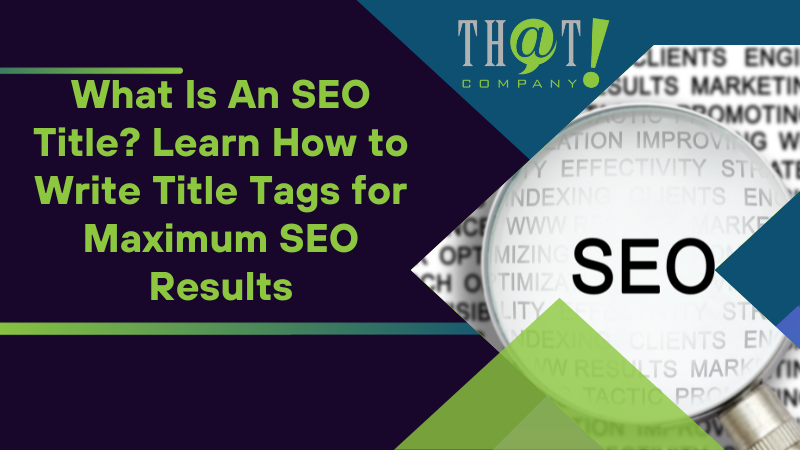
Are you struggling to make your website stand out in the crowded world of search engine results? The secret may lie in crafting the perfect SEO title. In this blog post, we’ll explore the ins and outs of what is an SEO title, their importance, and how to write them effectively for maximum impact. So, let’s unlock the full potential of your online presence and get your content noticed!
Key Takeaways
Understand the definition and importance of SEO titles for successful rankings.
Incorporate primary & secondary keywords into titles while avoiding keyword stuffing.
Follow best practices to craft compelling, unique SEO titles with optimized slugs & meta descriptions.

Understanding SEO Titles: Definition and Importance
An SEO title, also known as an SEO title tag or a page title, is a concise description that appears as a clickable headline on search engine results pages (SERPs), helping search engines and users understand the primary focus of a webpage. These title tags play a crucial role in search engine rankings, as Google uses them to comprehend the content of a webpage and its relevance to a user’s search query. A good title tag example would be one that is concise, relevant, and includes the primary keyword. It is essential to optimize the entire title tag for better visibility on search engine results.
Optimizing your title tags requires comprehensive research in four key areas, all of which can be easily accessed through a browser tab:
Keyword research
Customer research
Market research
SERP research
By focusing on these areas, you can improve your skills in writing title tags effectively, engagingly, and creating optimized title tags that appeal to both search engines and users.

Ideal SEO Title Length and Structure
To create optimized title tags that are easily readable and provide enough information for both search engines and users, it is recommended that the length of a title tag be between 50-60 characters. This ideal length ensures that your title tag will not be cut off in search results and that it remains compelling and relevant.
SEO Title Specification in Pixels
While considering the length of an SEO title, it’s important to note that search engines like Google don’t actually count characters. Instead, they measure the width of your title in pixels. This is because different characters take up different amounts of space. For instance, a title filled with ‘w’s will be much wider than a title of the same length filled with ‘i’s.
The maximum width that Google displays is 600 pixels. If your title exceeds this limit, it will be truncated, and an ellipsis (…) will be displayed at the end. This can lead to important information being cut off, which might affect click-through rates. Therefore, it’s crucial to keep your title within this pixel limit to ensure that your entire title is displayed in search results.
There are many online tools available that allow you to check the pixel width of your SEO title. These tools can help you optimize your title to fit within the pixel limit and avoid truncation in Google’s search results. By considering the pixel width of your SEO title, you can craft a title that is fully visible in search results, leading to higher click-through rates and improved SEO performance.
In addition to length, maintaining a pertinent structure for an SEO title is an important aspect of on-page SEO. A well-structured title tag can improve your website’s visibility in search engine results and attract more organic traffic, ultimately boosting your online presence.
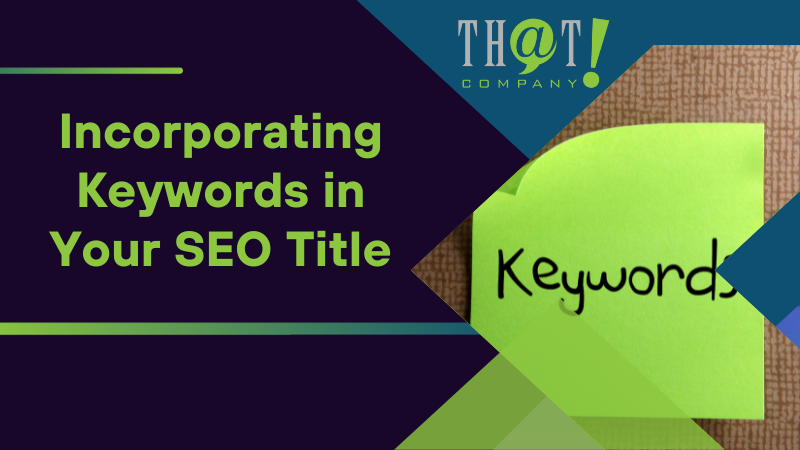
Incorporating Keywords in Your SEO Title
For a successful ranking, you should include both primary and secondary keywords in your SEO title. A good title tag should be concise, relevant, and include both the primary keyword as well as a secondary keyword or phrase. This ensures that search engines can accurately assess the content and relevance of your webpage, leading to improved search rankings.
Nevertheless, overloading a page’s title tag with excessive keywords, known as keyword stuffing, should be avoided. This can negatively impact your website’s SEO performance and lead to lower search engine rankings, reducing the overall effectiveness of your title tags.
Primary vs. Secondary Keywords
Primary keywords are the principal keywords or phrases that accurately describe the content of a web page and the products or services it offers. These keywords are closely linked to your business or activity. On the other hand, secondary keywords offer more detail than the primary keywords and are often more associated with searcher intent. They assist customers in locating your website based on the search terms they input into search engines.
Using each keyword phrase only once per title tag is advisable to prevent the creation of duplicate title tags. Duplicate title tags can negatively impact your website’s SEO performance and lead to lower search engine rankings. By differentiating between primary and secondary keywords, you can create more effective and unique SEO titles.
Keyword Prominence in The Title Tag
Keyword prominence refers to the importance given to a keyword within the elements of a web page, including the title tag. The closer the keyword is to the beginning of the title tag, the more weight it has with search engines. Therefore, it’s crucial to place your most important keywords at the start of your SEO title.
For example, if you’re trying to rank for the keyword “organic coffee,” a title tag like “Organic Coffee: Guide to the Best Brands and Brews” would be more effective than “Guide to the Best Brands and Brews of Organic Coffee.” This is because the keyword “organic coffee” is placed at the beginning of the title, giving it greater prominence.
However, while keyword prominence is important, it’s essential to remember that your title tag should still be appealing and make sense to the reader. The goal is to create a title tag that is both search engine and user-friendly.
Keyword prominence in your SEO title tag can play a crucial role in your website’s search engine rankings. By strategically placing your most important keywords at the beginning of your title tag, you can enhance your website’s visibility and click-through rates in search engine results pages (SERPs).
Avoiding Keyword Stuffing
Keyword stuffing involves overloading a page’s title tag with excessive keywords, negatively impacting its rankings and giving it a spammy appearance. Search engines, such as Google, will penalize websites that use this technique by reducing their rankings or even excluding them from search results.
Including a maximum of one or two keywords in your title tag is recommended to prevent keyword stuffing. Using multiple variations of the same keyword, repeating the keyword multiple times, including irrelevant keywords, and stuffing the title with excessive keywords are all examples of keyword stuffing in SEO titles. By focusing on creating relevant and concise title tags, you can maintain a better user experience and improve your website’s SEO performance.
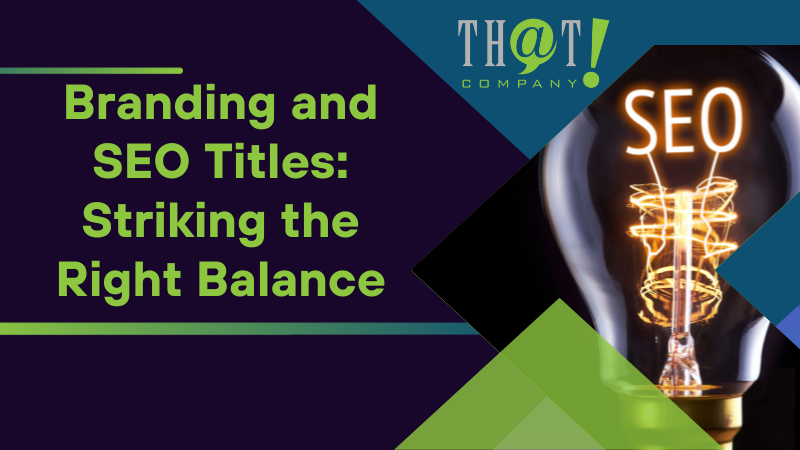
Branding and SEO Titles: Striking the Right Balance
Striking a balance between branding and SEO titles is crucial for prioritizing keywords and enhancing brand recognition simultaneously. To achieve this balance, it is recommended to follow the format of Primary Keyword-Secondary Keyword-Brand Name for your SEO titles. Prioritizing keyword phrases first and incorporating the company name when appropriate ensures optimal SEO performance and increased brand visibility.
Including a brand name at the end of the SEO title has the advantage of enhancing branding. This facilitates the consistent display of the brand name in search engine results pages (SERPs), thereby increasing brand visibility and recognition among users.
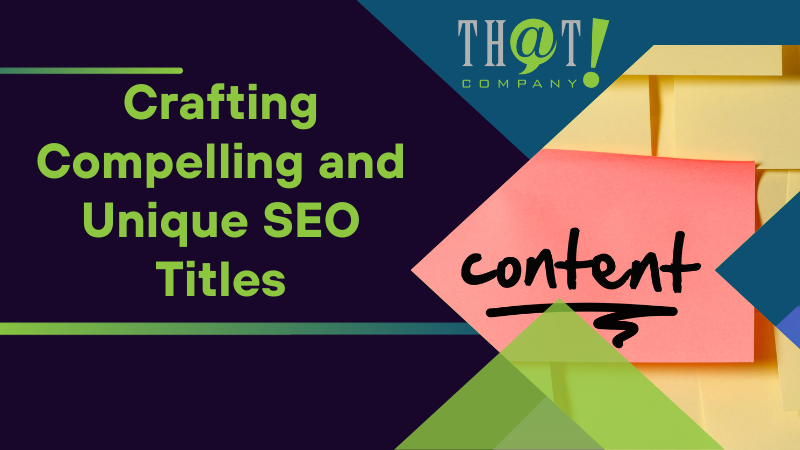
Crafting Compelling and Unique SEO Titles
The creation of compelling and unique SEO titles requires the use of emotional triggers, power words, and formatting techniques for improved readability and click enticement. Emotional triggers in SEO title writing refer to words or phrases that evoke certain emotions in the reader, prompting them to click on the title and interact with the content.
Power words are essential when crafting compelling SEO titles, as they grab the reader’s attention and evoke emotions, creating a sense of urgency or curiosity in the reader. Incorporating emotional triggers and power words in your SEO titles can increase the probability of drawing in and engaging your desired audience.
Emotional Triggers and Power Words
Employing emotional triggers and power words in your SEO titles can significantly impact their effectiveness. These techniques involve using words or phrases that evoke emotions such as:
curiosity
urgency
fear
enthusiasm
desire
By incorporating emotional triggers in your SEO titles, you can more effectively capture the attention of your target audience and encourage them to click through to your content.
Power words, on the other hand, make your titles more persuasive, engaging, and memorable, driving more traffic to your website. By combining emotional triggers and power words in your SEO titles, you can create more compelling and effective titles that stand out in search results and attract your desired audience.
Formatting Techniques for Improved Readability
Formatting techniques can be used to make SEO titles more visually appealing and easier to scan. These include:
Proper capitalization
Adding relevant keywords
These elements help break up the text and make the main points of the title more easily understandable. Furthermore, formatting techniques can also enhance the SEO performance of the title by making it more attractive to search engines.
Proper capitalization is essential for SEO title readability, as it makes the title more visually pleasing and enhances readability. Utilizing numbers in the title can also draw attention and make the content more attractive to readers, while conveying precise information, such as the number of tips or steps in an article. By employing these formatting techniques, you can improve the overall readability and effectiveness of your SEO titles.
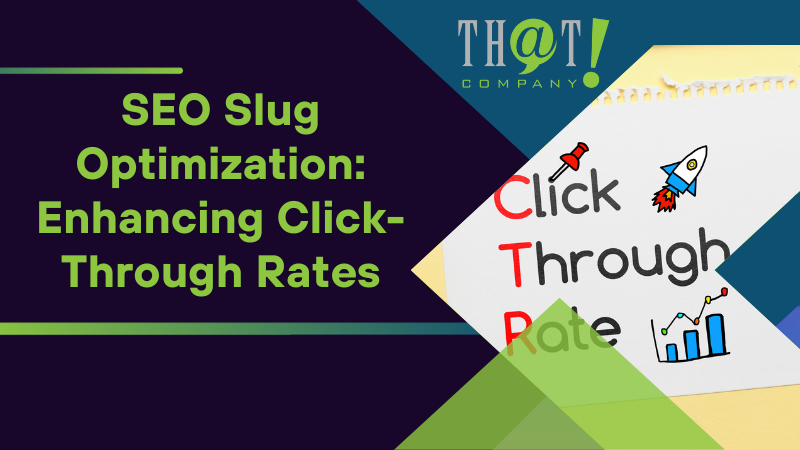
SEO Slug Optimization: Enhancing Click-Through Rates
An SEO slug refers to the editable part of a URL and plays a significant role in enhancing click-through rates. Optimizing your SEO slug involves removing unnecessary words and focusing on user experience, resulting in a more enticing and user-friendly URL.
Some recommended practices for optimizing an SEO slug include:
Keeping it simple and readable
Incorporating relevant keywords
Keeping it short
Omitting dates and numbers for future-proofing
Using lowercase letters
Avoiding stop words
Ensuring consistency across the website
By following these best practices, you can create SEO slugs that improve click-through rates, leading to increased website traffic and improved SEO performance.
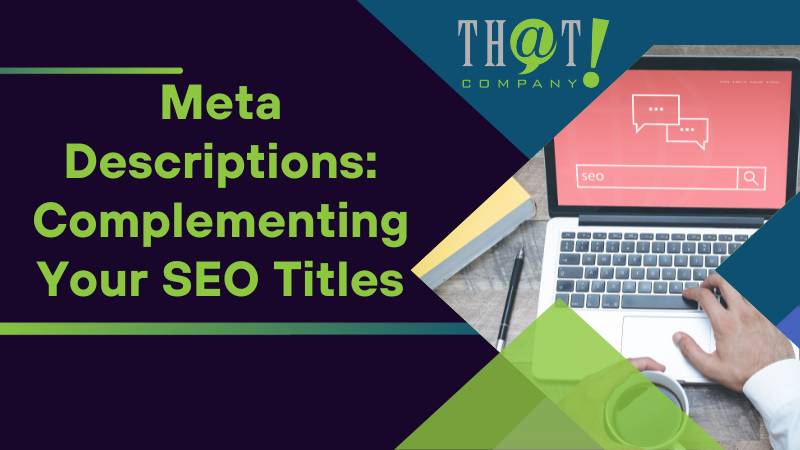
Meta Descriptions: Complementing Your SEO Titles
Meta descriptions complement SEO titles by providing a concise summary of the page content, allowing users to quickly determine if the page is relevant to their search query. Effective meta descriptions follow a set of best practices, including:
A maximum of 155 characters in the description
Using active voice
Including a call-to-action
Providing a concise summary
Giving a compelling reason
Including relevant keywords
Creating a unique tone and style
Conducting competitive research
Considering the customer journey
Including the HTML attribute
Creating compelling and informative meta descriptions can enhance your website’s search engine rankings and user experience. It’s important to remember that your meta description should accurately describe the page’s content and be pertinent to the search query so that users can easily determine the relevance of your page to their needs.
Writing Effective Meta Descriptions
For effective meta descriptions, follow these best practices:
Keep it concise with a limit of around 155 characters for full visibility in search results.
Use an active voice and make your meta description actionable to motivate users to click.
Insert a clear call to action in your meta description to prompt users to take a specific action.
Generate unique meta descriptions for each page on your website to provide pertinent information about the content.
By following these best practices and focusing on being descriptive and pertinent, you can create effective meta descriptions that accurately describe the page’s content and entice users to click on your search result.
Avoiding Duplicate Meta Descriptions
Providing White Label Services requires attention to detail, especially when it comes to SEO aspects. Duplicate meta descriptions can negatively affect your website’s SEO performance and user experience. When multiple pages have identical or similar meta descriptions, search engines may be unable to accurately assess the relevance and uniqueness of each page, leading to lower rankings and decreased visibility in search results.
To avoid duplicate meta descriptions, ensure that each page on your website has a unique and descriptive meta description. By creating unique and compelling meta descriptions that accurately reflect the content of each page, you can prevent the negative consequences of duplicate meta descriptions and improve your website’s overall SEO performance.
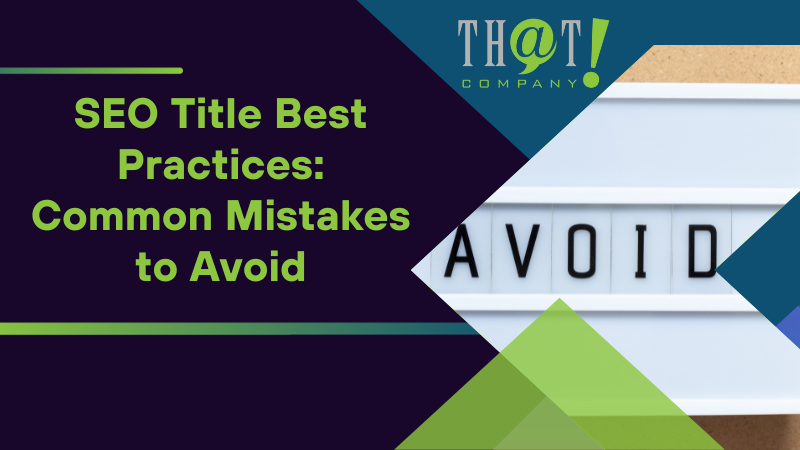
SEO Title Best Practices: Common Mistakes to Avoid
Adherence to best practices and prioritizing relevance and user experience necessitates avoiding common SEO title mistakes like repetitive text, boilerplate text, and excessively long titles. By focusing on creating unique, concise, and relevant title tags, you can improve your website’s SEO performance and user experience.
Google may opt to rewrite a title tag if they deems it more relevant or advantageous than the existing one. To reduce the likelihood of Google rewriting your title tags, adhere to best practices and optimize your title tags accordingly. Keep in mind that there is no guaranteed way to prevent Google from rewriting your title tags, but by following best practices and focusing on relevance, you can improve your chances of retaining your original title tags.

The Benefits of Using a White Label SEO Company Like That! Company
Opting for a white label SEO company such as That! Company can yield numerous benefits for your business. This approach allows you to leverage the expertise of seasoned SEO professionals while maintaining your own brand identity. It’s an ideal solution for businesses that want to offer SEO services to their clients but lack the necessary resources or expertise to do so in-house.
With a white label SEO company, you have the freedom to focus on your core business operations while leaving the complexities of SEO to the experts. This not only saves you time and resources but also ensures that your clients receive top-notch SEO services that adhere to the latest industry standards and practices.
Furthermore, That! Company offers a comprehensive range of SEO services, including keyword research, on-page optimization, link building, and SEO audits, among others. This means that you can offer your clients a full suite of SEO services under your own brand name.
In addition to providing expert SEO services, That! Company also offers ongoing support and training to ensure that your team is always up-to-date with the latest SEO trends and strategies.
Partnering with a white label SEO company like That! Company can significantly enhance your service offerings.

Summary
In conclusion, crafting effective SEO titles is a crucial aspect of optimizing your website’s search engine performance. By understanding the importance of SEO titles, following best practices for title length and structure, incorporating keywords, balancing branding, creating compelling and unique titles, optimizing your SEO slug, and effectively using meta descriptions, you can significantly improve your website’s visibility and attract more organic traffic. Remember to always prioritize relevance and user experience to achieve the best results in your SEO efforts.
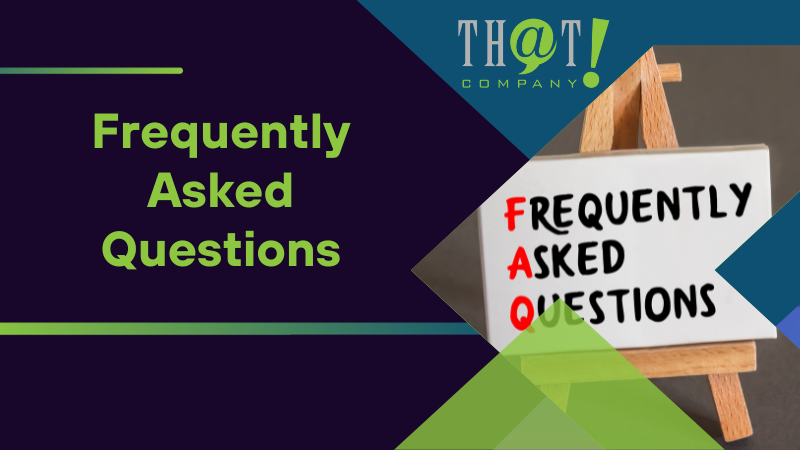
Frequently Asked Questions
How do you write an SEO title?
Write SEO titles that stand out by including relevant keywords, writing for the user, making sure the length is not too long or too short, avoiding keyword stuffing, focusing on unique titles, and using great copy.
What is the difference between an SEO title and a regular title?
The post or page title is what appears on the web page, while the SEO title is what appears in the address bar of the browser and in search engine search results. These titles can be different from each other to increase visibility and attract attention from potential visitors.
How do I find my SEO title?
To find your SEO title, go to the top of the page or post editor in WordPress and look for the title between the HTML code head> title> and /title> tags. Be sure to check for any random artifacts before using the title.
What is SEO title in Shopify?
SEO title in Shopify is the product name, blog post title, or collection name, used to show in the browser tab and by Google in the search results. It helps with discoverability and provides a way for customers to find your store on search engine results pages. Writing effective SEO title tags can help you rank higher and capture your audience’s attention.
What is the best SEO title?
Write SEO-Optimized Title Tags to Maximize Visibility: Keep Titles Brief, Include Primary Keywords, Accurately Describe Pages, and Avoid Keyword Stuffing.






























